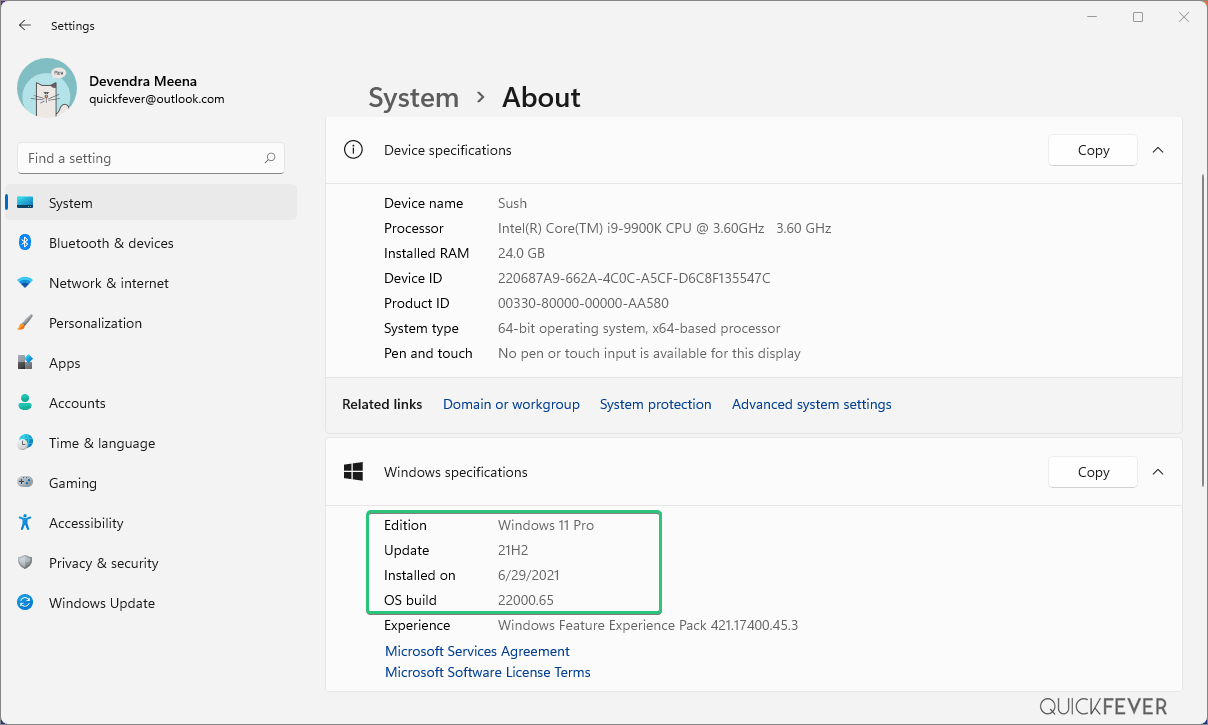

You also need to install the module onto the motherboard, which might not be an easy task - especially if you don’t have any experience in working with motherboards. You could also buy a TPM module online, but you must know which TPM module is compatible with your motherboard.

Please contact your PC or motherboard manufacturer to learn more about how to enable TPM on your device. Your device may have a TPM chip, but you need to update your BIOS to have access to it. What can I do if I don’t have a TPM chip? TPM and Secure Boot will be enabled after the restart. Go to the “Exit” tab to save the changes and restart the computer. In the Windows search box, type “System Information” and open the System Information app.ģ. To check if your device has Secure Boot, you can follow these steps:ġ. Is my device capable of TPM 2.0 and Secure Boot? Both TPM and Secure Boot offer unique ways of strengthening the protection of Windows 11. It can detect when boot loaders or key operating system files are being tampered with by malware and actively block them before they can infect the system. It offers another layer of protection against potential malware infections. Secure Boot is a feature from the latest Unified Extensible Firmware Interface (UEFI). Malicious software isn’t able to tamper with the security functions of the TPM, either.

The chip includes multiple physical security mechanisms to make it tamper-resistant. A TPM chip is a secure crypto-processor that is designed to carry out cryptographic operations. Trusted Platform Module (TPM) is a technology designed to provide hardware-based, security-related functions. Get Windows 11 Upgrade Helper What are TPM and Secure Boot?


 0 kommentar(er)
0 kommentar(er)
